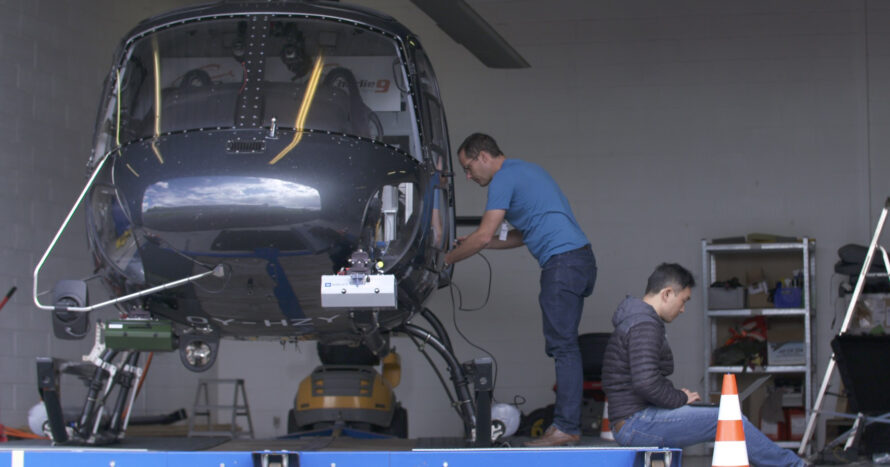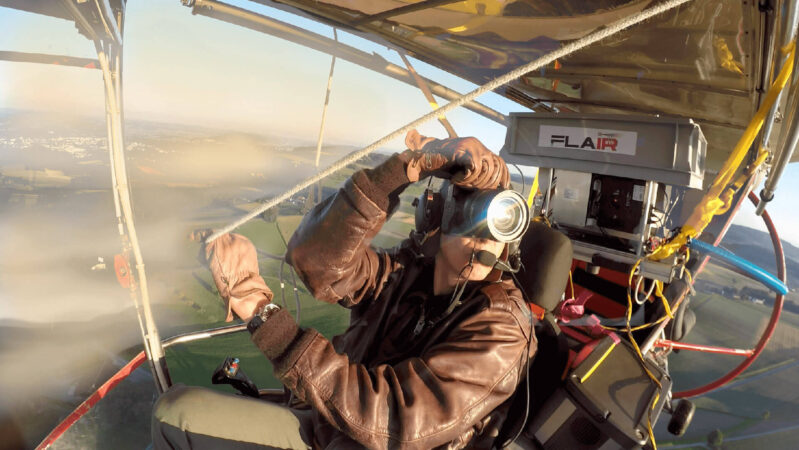FLAIR in the air again… this time in a helicopter
The initial test was conducted to validate the system functionality and high concentration of methane was detected. The FLAIR Consortium recently performed its second flying test. This time the system was installed onboard a helicopter that flew over various targeted ships and measured elevated levels of gases. The flight test was a success!
Air pollution is a known global threat, and today significant efforts are dedicated globally to improve air quality. In order to be successful, these measures need to be accompanied by air quality monitoring at large scale. With a high-performance sensor mounted on an airborne platform, FLAIR provides large scale, pervasive air-quality monitoring data.
The idea is that FLAIR can operate in remote or dangerous areas and outside of established monitoring networks. By doing so the FLAIR system can contribute to a safer environment by providing detailed and real time air quality data around, for example, industrial infrastructures, highways and ships. It will also be able to monitor catastrophic events such as wildfires, volcanic eruption or chemical accidents.
For more information and updates about the FLAIR research project, please click on the link below to visit the website.
There is also a documentary showing the people behind FLAIR and their passion to solve and important problem – Better air quality. Please have a look and share.
FLAIR project is an initiative of the Photonics Public Private Partnership co-funded by the European Union’s Horizon 2020 research and innovation program under grant agreement No 732968.




































